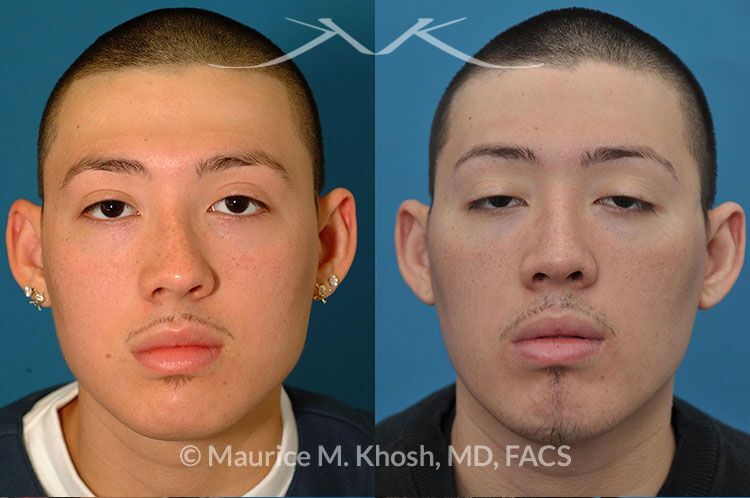Introduction
Nasal congestion, difficulty breathing through one or both nostrils, and persistent sinus issues—these are just a few of the challenges that a deviated septum can bring into someone’s life. Caused by a misaligned septum—the wall of cartilage and bone that separates the two nasal passages—a deviated septum can significantly impair daily living. If you’ve been experiencing these symptoms and suspect a deviated septum may be the culprit, understanding the costs associated with surgical correction becomes paramount. This guide will delve into the financial aspects of septoplasty surgery, empowering you to make informed decisions about your nasal health.

Image: www.animalia-life.club
Cost Factors of Septoplasty Surgery
The overall cost of septoplasty surgery can vary depending on several factors, including:
– Surgeon’s Fee:
The surgeon’s experience, expertise, and geographic location can influence their fees.
– Anesthesia Costs:
General anesthesia is typically required, and its cost can vary based on the facility and duration of the procedure.

Image: articlestrend.com
– Facility Fees:
The hospital or surgical center where the surgery is performed may charge facility fees that cover operating room usage and other overhead expenses.
– Post-operative Care:
After surgery, medications and follow-up appointments may be necessary, incurring additional costs.
– Insurance Coverage:
Many insurance plans cover some or all of the costs associated with medically necessary septoplasty surgery. However, it’s crucial to check your specific insurance policy and co-payment obligations.
Average Costs
According to the American Society of Plastic Surgeons, the average cost of septoplasty surgery in the United States ranges from $3,000 to $6,000. However, this range can vary depending on the factors mentioned above.
Minimizing Costs
While septoplasty surgery can be costly, there are ways to minimize the financial burden:
– Compare Quotes:
Obtain quotes from multiple surgeons to compare pricing and services provided.
– Negotiate Payment Plans:
Many surgeons offer flexible payment plans that allow you to spread out the costs over time.
– Check for Insurance Coverage:
Verify your insurance coverage and determine if septoplasty surgery is considered a medically necessary procedure.
– Consider Out-of-Pocket Costs:
Be prepared for out-of-pocket expenses, such as co-pays, deductibles, and post-operative medications.
Long-Term Benefits
Despite the upfront costs, septoplasty surgery offers significant long-term benefits that can drastically improve quality of life:
– Improved Breathing:
The primary goal of septoplasty is to improve nasal breathing by straightening a deviated septum. This improvement translates into reduced congestion, easier breathing, and enhanced energy levels.
– Relief from Sinus Issues:
A deviated septum can obstruct the sinus cavities, leading to sinus infections and congestion. Septoplasty surgery can open up these passages, providing relief from these issues.
– Reduced Headaches:
Nasal congestion can trigger headaches or make existing headaches worse. By improving nasal airflow, septoplasty surgery can reduce headaches and améliorer overall well-being.
How Much Does It Cost To Fix A Deviated Septum
Conclusion
Understanding the financial aspects of septoplasty surgery is essential in making informed decisions about your nasal health. By considering the cost factors, exploring ways to minimize expenses, and being mindful of the long-term benefits, you can navigate the financial implications while seeking relief from a deviated septum. Remember that this surgery can transform your life by improving your breathing, reducing sinus issues, and enhancing your overall well-being. Invest in a future free from nasal discomfort and embrace the transformative power of septoplasty surgery.